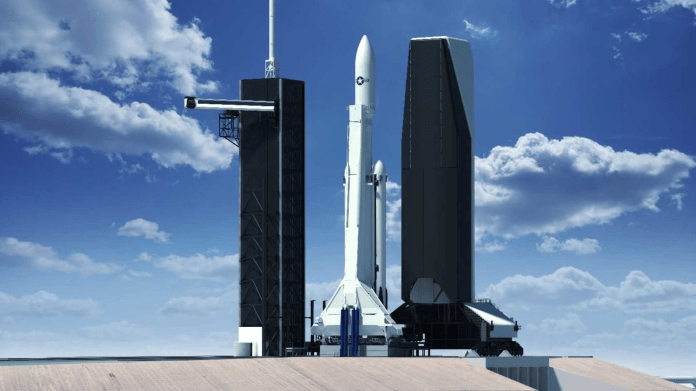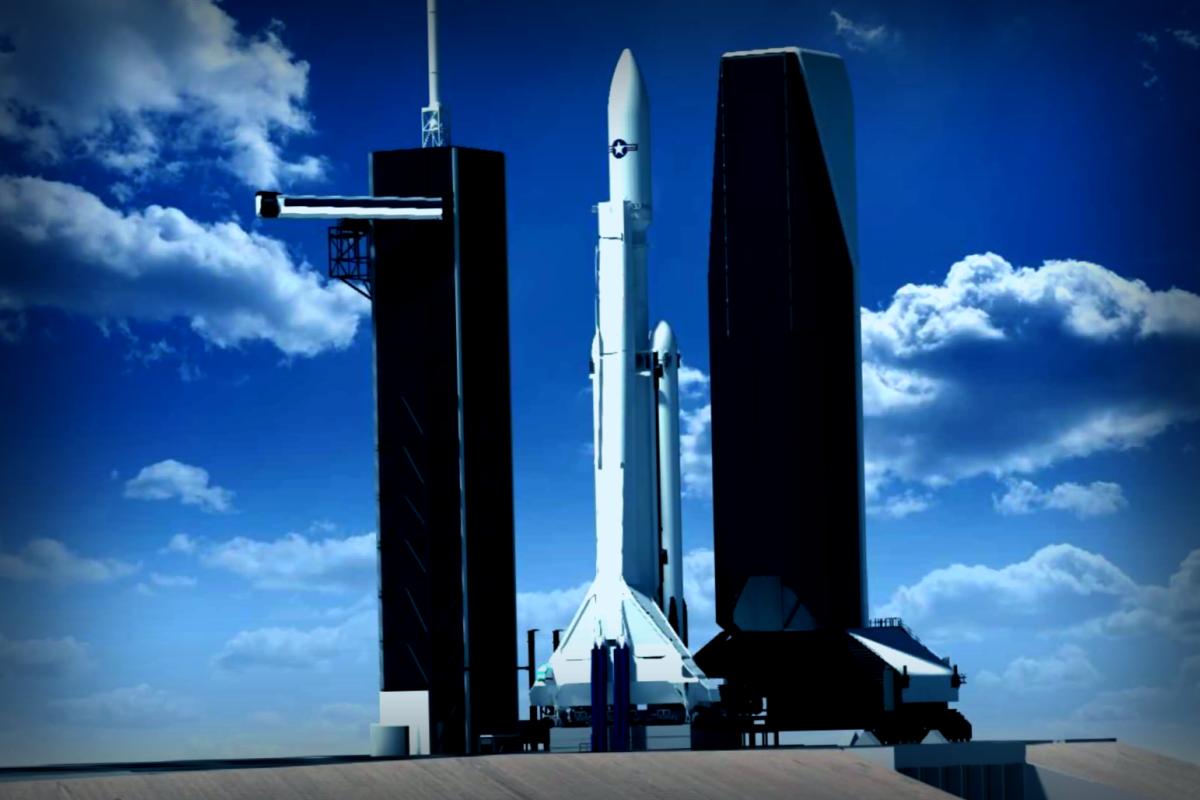If you’re in Florida, get ready to look up! Tonight, the Falcon 9 rocket with the tail number 1067 takes off for its impressive 27th time, a new record that showcases SpaceX’s unyielding ambition. The launch is scheduled at Cape Canaveral, specifically from Launch Complex 40, right at 11:37 p.m. on July 29. There’s a launch window stretching till 3:30 a.m. the next morning, but honestly, we all know that both weather and tech issues might change the plans. Still, excitement is buzzing up and down the Space Coast and beyond.

This mission is all about Starlink 10-29, eyeing to release 27 new Starlink internet satellites into low Earth orbit, boosting a network that’s redefining internet connectivity across the globe. If you live near Jacksonville Beach or Vero Beach, you might just spot the Falcon 9’s fiery trail lighting up the sky—a spectacle that has become a beloved activity for locals, who frequently gather at beaches and parks to enjoy these launches.
Unlike some previous launches, tonight’s event won’t be interrupted by sonic booms echoing from the Space Coast. The Falcon 9’s first stage will instead make a precision landing on an autonomous drone ship named “Just Read the Instructions,” floating smoothly in the Atlantic. This is no ordinary barge—it’s equipped with high-tech tools, luxury sensors, and even Starlink antennas to quickly relay data. It plays a vital role in SpaceX’s mission to recycle rockets. With these advanced platforms, the onboard robot known as “Octagrabber” is in charge of snagging the booster after its landing—needed to prep it for the next mission. By June 2024, the drone ship managed a staggering 82 successful landings from 84 attempts, showcasing just how effective SpaceX’s recovery technology has become and how it impacts launch costs tremendously.
Speaking of cargo, those 27 Starlink satellites add to a constellation that’s already achieved more than 7,000 units since the first launch back in 2019. Each satellite weighs roughly 260 kilograms and boasts a flat-panel design that optimizes space in the Falcon 9’s 5.2-meter fairing. They are engineered with ultra-fast, low-latency antennas and Hall-effect thrusters powered by krypton, designed for efficient life cycle management and minimizing risks in space through smart PoC systems based on DoD debris information.
The goal of Starlink? Deliver high-speed, reliable internet to underserved and remote places, already reaching over one hundred countries worldwide. With a low-earth orbit setup, latencies clock in at only 20-35 milliseconds—comparable to fiber optics and a far cry from the 600+ millisecond latencies familiar in traditional satellite internet. SpaceX claims Starlink can hit speeds of up to 1 Gbit/s. But, like in all fast-paced competitions, they are also wrestling with regulatory challenges over spectrum, particularly for the 12 GHz band where others are vying for bandwidth too.
Each mission is like a finely tuned dance of engineering. The Falcon 9 Block 5, which is partly reusable, has nine Merlin 1D+ engines on the first stage to ensure it performs its magic without a hitch. After separation, the rocket maneuvers back down on its own, landing on the drone ship, ready to be refurbished for future missions. The second stage, utilizing a vacuum-optimized Merlin engine, carries the satellites to their destination orbit, where they’ll be released to begin operation.
For the Floridians and space aficionados, tonight’s launch is more than a cool countdown; it’s a vivid testament of how innovation is reshaping technology access and cosmic exploration. Watching the Falcon 9 ascend and the epic booster recovery at sea has become emblematic of a new age in space travel—an era of reality, not just dreams. As the clock ticks down to take-off, it’s a beautiful prospect that connects us all, one rocket at a time.



















